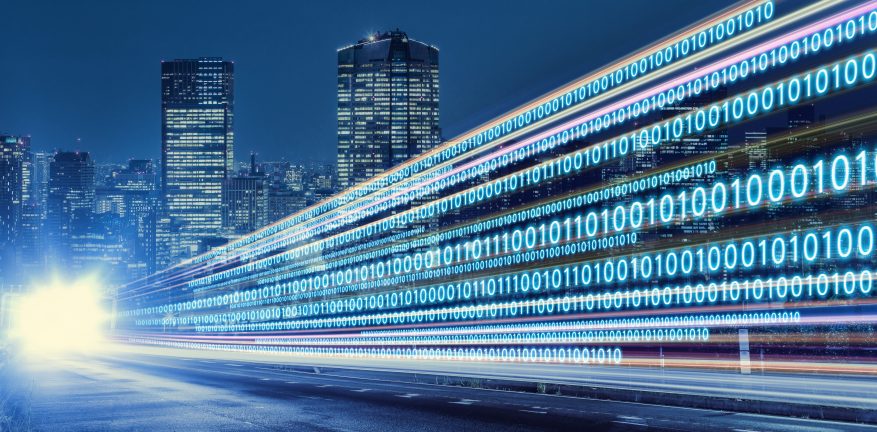Success in coping with the unquestionable challenges arising from the shift to a low-carbon economy is closely linked to innovation and technological development in the field of energy. In the process of energy transition towards a sustainable energy system, efficiency and savings measures are complemented by efforts in technological innovation, guided in turn by the need to produce electrical energy more sustainably, efficiently and at competitive prices, reducing external dependence and enabling the fight against climate change.

The main areas in which lines of research are structured are basically storage, generation (development of more efficient renewable energies) and the development of the electric vehicle, as well as the distribution and transport of energy. In fact, in recent years, electricity distribution has undergone more changes than those experienced over decades thanks to advances in these fields of study. Several technologies such as the electric vehicle (EV), photovoltaic generation systems (PV), energy storage systems (ESS) or heat pumps (HP) have been reducing their costs exponentially, becoming more accessible to end users. These technologies have turned what were previously only customers who consumed electricity into prosumers, customers who produce electricity or consume it flexibly.
Investment in smart grids is also one of the main areas of disruption in the electricity sector. Many investments in innovation within this sector are related to its digital transformation and the need to make the most of the opportunities offered by new information and communication technology developments.
The arguments set out above are based on an analysis of the current scenario and various regulations at national level, but above all on the package of measures which will be derived from the European guidelines established in the so-called “Clean energy package for all Europeans” [1], a set of measures framed in various lines of action such as: energy consumption in buildings, renewable energy, energy efficiency and renewal of the electricity market. The package launches a series of guidelines contained in several European Directives including Directive (EU) 2019/944 of the European Parliament and of the Council of 5 June 2019 concerning common rules for the internal market in electricity. This Directive regulates all aspects of the generation, transmission and distribution of electricity and includes radical changes to the previous Directive. These changes relate above all to the change in the energy model, defending a model that promotes distributed generation (DG) as opposed to a purely centralized model, but also aims to promote the empowerment of consumers and above all active consumers, understood as such, not only those who generate electricity (prosumers) but also those who can participate in flexibility markets on an individual or aggregate basis by participating in demand response programmes.
Another radical change is the definition of the new role of energy communities and the protection and promotion of the implementation of this type of actor. Finally, with regard to the management of the distribution network, the new Directive continues to impose a clear model for the separation of activities. It promotes the modernization and the observability of the networks by operators as the main axis of action to encourage the increase of penetration of DG and renewable energies (RE), the deployment of EV charging systems and the implementation of ESSs. The achievement of these goals implies a radical change in which a multitude of technologies are incorporated. Without a shadow of a doubt, a bottleneck in this process will be the remote and optimized management of both the distribution networks and all the devices connected to them (EVs among others). The digitalization of electricity network management is one of the most critical processes to be undertaken in the short term and for which the vast majority of distribution companies are not currently ready, prepared or qualified.
The change from having a totally conventional and predictable distributed consumption, to the effects of the new technologies giving the possibility to end users to become electricity producers, represents a change of paradigm that will undoubtedly bring many advantages that have to do with the increase of efficiency and the democratization of energy. However, in order to address this change with guarantees, a series of challenges must be resolved in relation to:
- Real-time management of all the new resources that will be massively present in the distribution networks in the short term (charging of EV, HP, ESS and other devices placed after the meters with IoT-based control, etc.).
- The massive and efficient integration of RE (PV, micro-wind, micro-cogeneration) and other types of DG, as well as ESS in the electricity distribution network.
- The efficient management of energy flows in the distribution network so that the necessary investments in network infrastructure are contained, optimizing the use of existing resources.
In order to face the challenges mentioned above, a radical change in the way distribution systems are managed is essential. A digitalization strategy must be implemented to allow for semi-automatic or automatic operation of both the distribution systems themselves and the devices embedded in them. This is the only path for a massive and coordinated penetration of the mentioned devices in the distribution systems, reducing the investment in infrastructure and maximizing the efficiency and sustainability of the whole system.
To this end, and bearing in mind that this change implies the generation of complex cyber-physical networks, it is necessary to implement systems for managing large volumes of data based on bigdata techniques, systems for advanced representation and monitoring of electrical data that allow accessibility and compatibility with all types of devices. It is also critical to implement intelligent analysis systems for the data obtained using all kind of available mathematical tools, from conventional load flow algorithms, state estimation and contingency analysis, to advanced algorithms based on statistical methods, machine learning or artificial intelligence that allow to extract the maximum amount of knowledge from the data obtained in order to operate and plan the networks and the devices connected to them efficiently and sustainably.
[1] Council of European Union, “Clean Energy for all Europeans Package,” 2019.
[2] Council of European Union, “Directive (EU) 2019/944 of the European Parliament and of the Council of 5 June 2019 on common rules for the internal market for electricity and amending Directive 2012/27/EU,” 2019.

